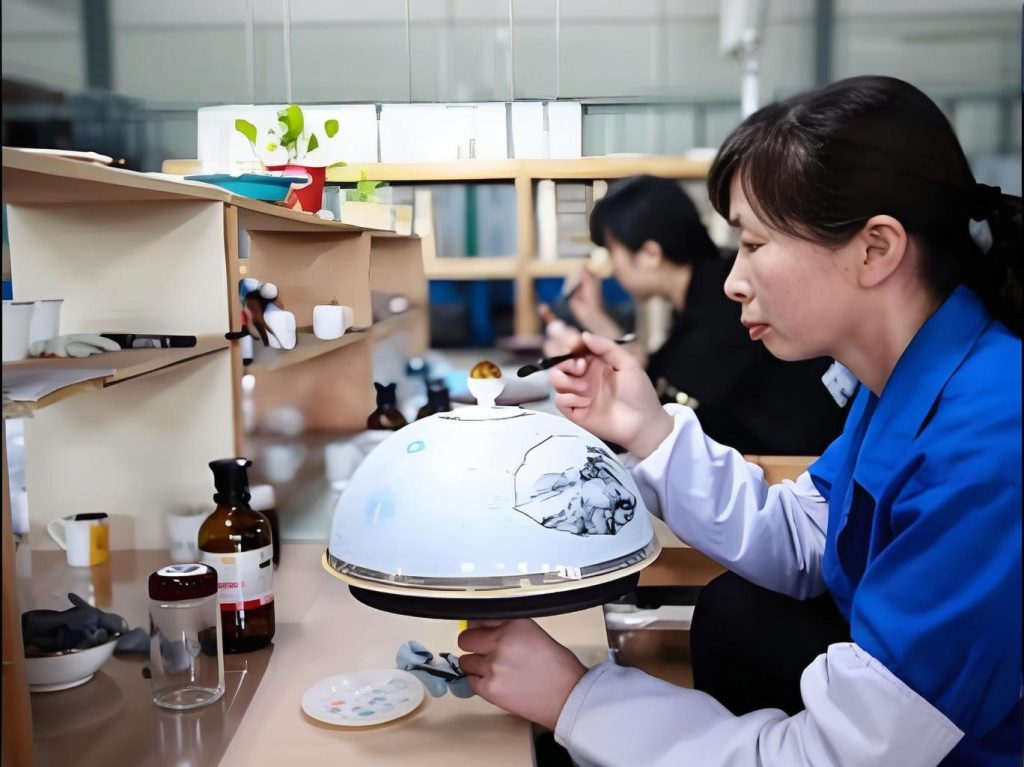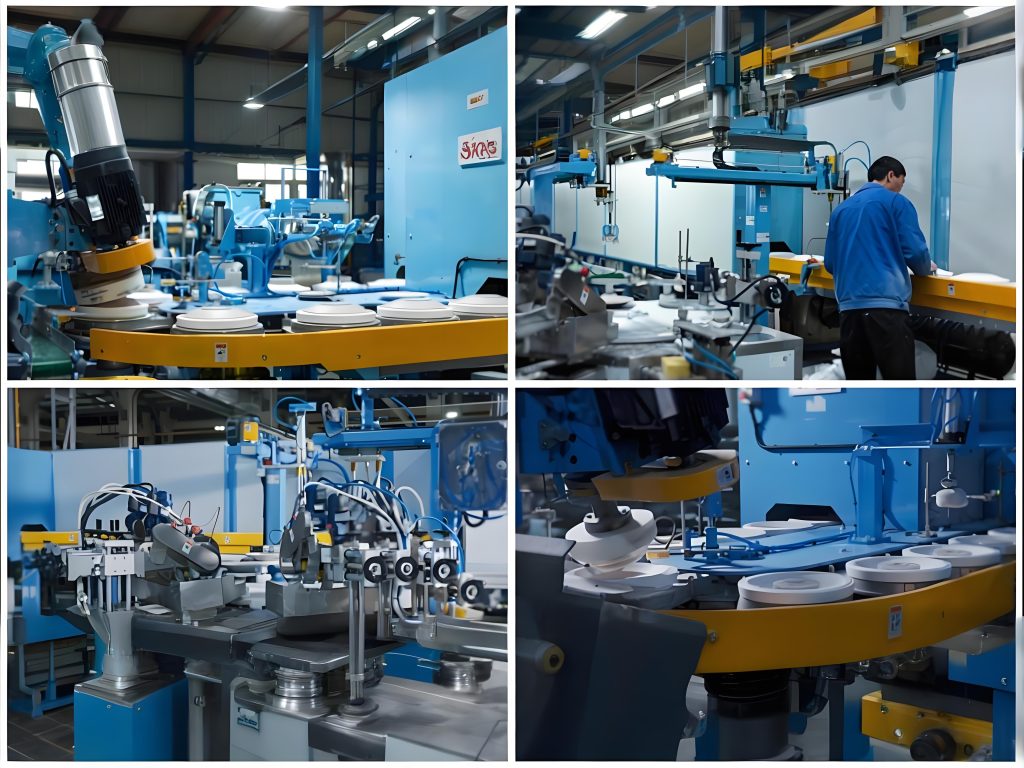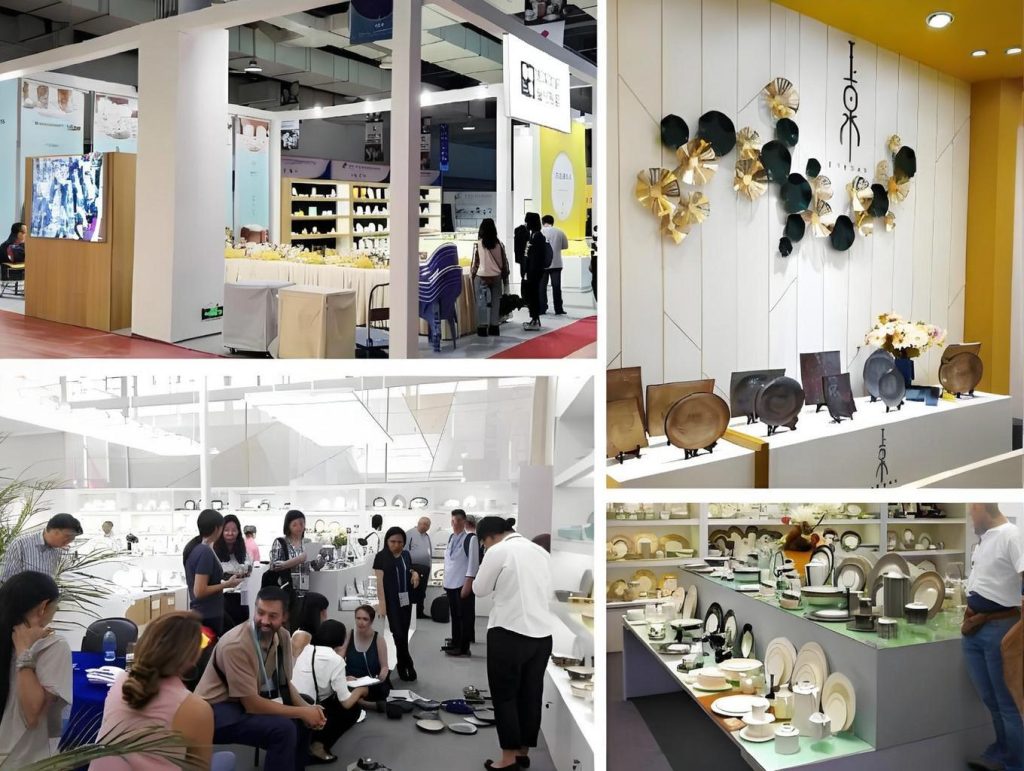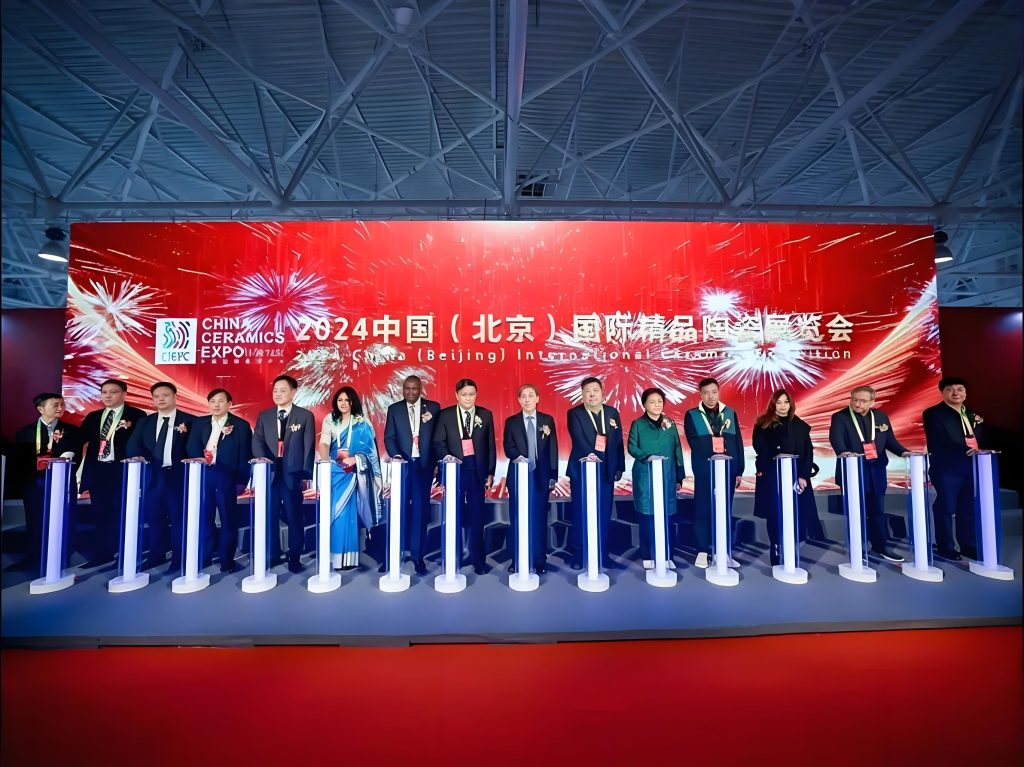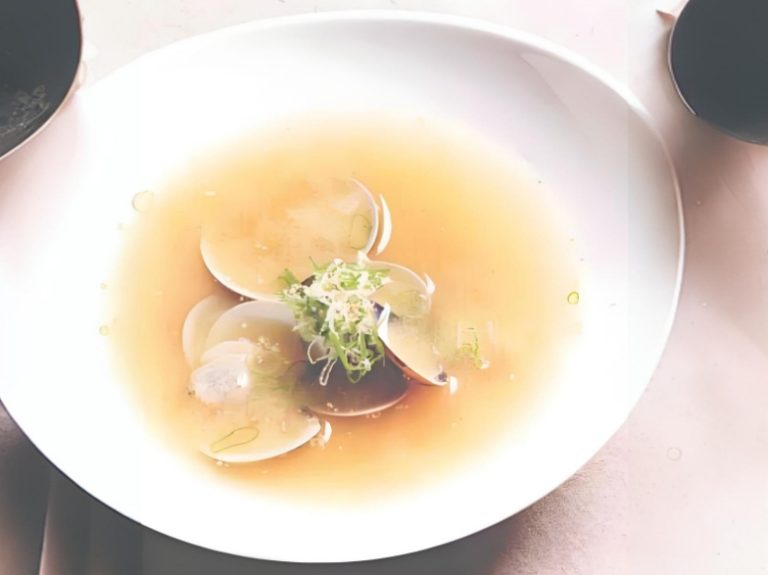Glass Dinnerware: From Craftsman’s Fire to Your Table
Why Your Glass Cup Might Cost More Than China
Last week I went to a trendy restaurant. The server brought a water glass that looked like crystal. The walls were so thin I barely felt the weight. My friend asked casually, “How much does this cost?” The server smiled. “Over 300 bucks retail for one.”
Three hundred dollars. For a drinking glass?
That moment hit me hard. Glass dinnerware isn’t simple at all. Behind fancy glassware lives an ancient craft. The glass former makes it happen. Let me tell you this story. From craftsman skills to factory lines. How glass dinnerware actually gets made.

Hand-Blown vs Machine-Pressed: Two Different Births
The Glass Former’s Dance With Fire
Real glass formers work like they’re dancing with flames.
One blowpipe. One furnace at 2,500°F. All feel and experience. I watched a documentary once. A Czech master made a wine glass in under eight minutes. Every second counted as a race against time. Glass cools incredibly fast. One pause means the shape goes wrong.
Handmade pieces share one trait: no two are identical. Wall thickness varies slightly. The base might show blowpipe marks. But these “flaws” make them sell for crazy prices. In high-end markets anyway.
Honestly, I thought it was just hype at first. Then I touched real hand-blown glass. That smooth feeling… genuinely different. Like machine bread never beats a baker’s hands. Same materials. But human warmth lives inside.
Industrial Production: The Manufacturer’s Efficiency Revolution
Reality check though. Ninety-nine percent of our glasses at home? Not hand-blown.
Modern tableware manufacturers turned glass forming into precise science:
- Press molding: Pour liquid glass into molds. Mechanical arms form it in three seconds. Great for plates and ashtrays.
- Blow-and-press combo: Machine blows a rough shape first. Then presses details. Common for wine glasses.
- Centrifugal forming: Glass liquid spins in rotating molds. Creates ultra-thin walls.
A Corning engineer on Quora said something interesting. Their automated line produces 3,000 glass bowls per hour. Ninety-eight percent pass quality checks. That efficiency? Ten master craftsmen couldn’t match it working to death.
But comments pushed back immediately. “Efficiency doesn’t mean quality. My inherited Bohemian crystal glasses lasted 50 years. Your tempered glass bowls exploded after two.”
Glass Dinnerware’s Identity Crisis: Luxury or Cheap?
Real Talk From Reddit
On Reddit’s r/BuyItForLife board, glass dinnerware discussions get interesting.
Someone posted inherited French Duralex tempered glasses. Used since the sixties. Dropped countless times. Never broke. Others complained about IKEA’s 19-dollar glass sets. Cracks appeared after three dishwasher runs.
One top comment nailed it:
“With glass, either buy cheapest as disposable. Or buy top-tier as heirlooms. Middle range sucks most. Too precious to break. Not fine enough to treasure.”
Material Decides Destiny
This boils down to hardcore material science:
Regular soda-lime glass (your two-dollar cup)
- Components: silica plus soda ash plus limestone
- Traits: cheap, brittle, hates temperature shocks
- Uses: disposable tableware, budget daily items
Tempered glass (IKEA and Lock&Lock staple)
- Process: high heat then rapid cooling
- Traits: five times stronger than regular glass. But shatters into particles when broken.
- Downside: no microwave use. Edges can self-explode.
Borosilicate glass (lab beaker material)
- Components: added borate lowers thermal expansion
- Traits: heat-resistant, corrosion-proof, direct flame okay
- Price: three to five times regular glass
- Famous brands: PYREX, HARIO
Lead crystal glass (the “crystal” everyone mentions)
- Components: added lead oxide increases refraction
- Traits: extremely clear, crisp sound, heavy feel
- Controversy: contains lead. Might leach into wine over time. Though amounts are tiny.
I own a Swarovski lead crystal wine glass set. Definitely feels substantial when lifted. The glow when pouring red wine… pretty impressive. But then I read pregnant women and kids should avoid lead glass. So I stored them away. Bit contradictory. Spent big money on “luxury goods.” Yet must handle with extreme care.
Industry Secrets: What Manufacturers Won’t Tell You
Glass Dinnerware’s “Intelligence Tax” Traps
An alleged former tableware manufacturer employee posted interesting claims online. Truth uncertain, but fascinating points:
- “Japanese craftsmanship” might be Chinese production
Many glasses claiming Japanese design actually get made in Guangdong or Jiangsu. Not saying quality suffers. But markup gets ridiculous. Same production line glasses. Japanese labels sell for five times more. - “Lead-free crystal” plays word games
True crystal definition includes lead. Market’s “lead-free crystal glass”? Basically fancy soda-lime glass with added barium or zinc. Just sounds fancier. - Thickness doesn’t equal durability
Many assume thicker glass means stronger. But professional manufacturers know better. Tempered glass strength comes from internal stress distribution. Thickness barely matters. Some ultra-thin glasses under 3mm? More shatter-resistant than thick ones because of better uniformity.
Where Money Actually Matters
A 20-year glassware buyer on Quora gave solid advice:
Daily use: buy mid-range tempered glass
- Brands: Duralex, Bormioli Rocco, Anchor Hocking
- Reason: great value, breaking won’t hurt, dishwasher-friendly
Wine/tea tasting: go borosilicate or lead crystal
- Borosilicate suits hot drinks like teapots and coffee pots
- Lead crystal suits red wine and whiskey. But don’t store long-term.
Decorative display: buy whatever
- Rarely used anyway. Looks matter most.
My experience? Kitchen glass bowls and plates? Don’t buy expensive ones. No matter how careful, chips happen. Rather save money and stock backups. But living room tea set? Worth investing in. Low usage frequency. Makes great impressions.
Future Trends: Will Glass Formers Disappear?
What Machines Can’t Learn: Imperfect Beauty
3D printing already handles glass products. MIT’s lab even printed transparent glass sculptures. But costs run high. Speed stays slow. Mass production remains distant.
Still, I think handmade blown glass won’t vanish. Even with advanced technology. Like haute couture. It exists not for “practicality.” But for “unique ownership feeling.”
A Reddit art glass maker said:
“Machine cups all look identical. My blown cups each have their own personality.”
Sounds mystical. But think about it. Would you spend 3,000 bucks on an identical cup? Or same money for something “one of a kind”?
Tableware Manufacturers’ New Battleground
Traditional manufacturers face more practical challenges:
- Environmental pressure: Glass production burns massive energy. Furnaces hit 2,500°F. EU already pushing stricter carbon emission standards.
- Consumer polarization: Young people either buy IKEA minimalism or chase handmade limited editions. Middle price range gets squeezed harder.
- Material substitution: Bamboo fiber and wheat straw bio-based tableware stealing market share.
A foreign trade friend mentioned something. Many European and American buyers now demand “carbon footprint reports.” Otherwise orders won’t come. Used to compete on price. Now compete on “green production.”

Final Thoughts: A Cup’s Philosophy
After all this, one core question remains: Do you need “a cup” or “this cup”?
Just drinking water? Two-dollar glass works fine.
Want ritual and ceremony? Hand-blown deserves investment.
Chasing value? Mid-range tempered glass wins.
But all types depend on glass formers. Hidden behind production lines or workbenches. Some still guard traditional crafts. Others transformed into engineers adjusting machine parameters. The word “dinnerware” seems ordinary. Behind it lives thousands of years of human civilization. Balancing “beauty” and “function.”
Next time you lift a glass to drink water, check the bottom. See bubbles or slight irregular patterns? Congratulations. Probably handmade. Perfectly flawless? Thank modern industrial precision.
Both are good. Key is knowing what you’re actually holding.
If you have any questions or need to custom dinnerware service, please contact our Email:info@gcporcelain.com for the most thoughtful support!

